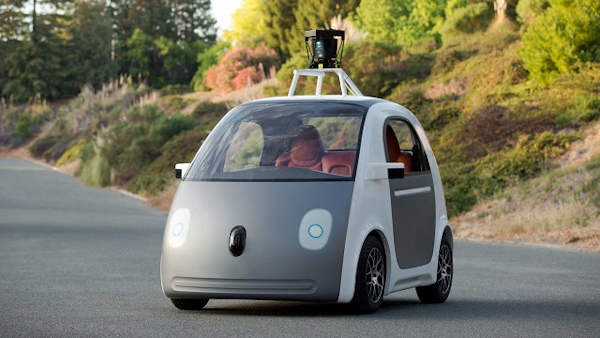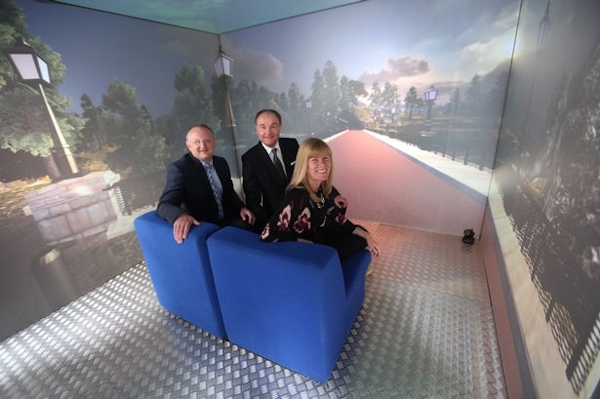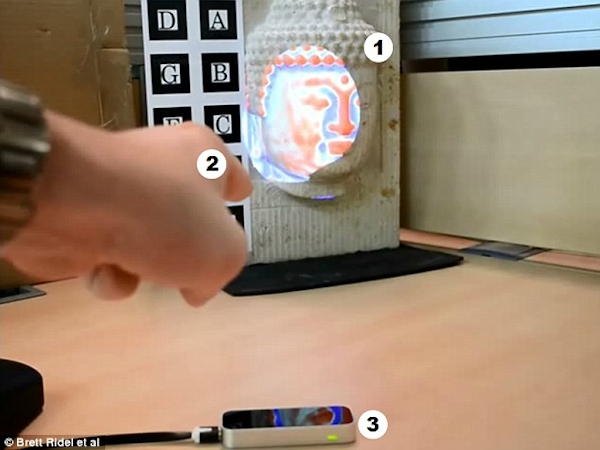The 7th Workshop on Eye Gaze in Intelligent Human Machine Interaction
At ACM ICMI 2014, Istanbul, Turkey November 16th, 2014
Papers deadline: July 15th, 2014 www: http://hhhuang.homelinux.com/gaze_in
Eye gaze is one of the most important aspects in understanding and modeling human-human communication, and it has great potential also in improving human-machine and robot interaction. In human face-to-face communication, eye gaze plays an important role in floor and turn management, grounding, and engagement in conversation. In human-computer interaction research, social gaze, gaze directed at an interaction partner, has been a subject of increased attention. This is the seventh workshop in Eye Gaze in Intelligent Human Machine Interaction, and in the previous workshops we have discussed a wide range of issues for eye gaze involved in multimodal human-machine/robot/agent interaction; technologies for sensing human attentional behaviors, attentional behaviors in problem-solving and task-performing, multimodal communication, interpretation and generation.… read more. “Call: 7th Workshop on Eye Gaze in Intelligent Human Machine Interaction (at ICMI 2014)”




